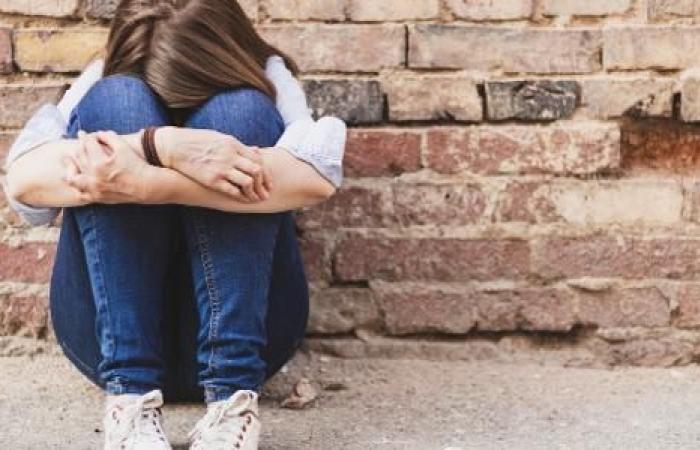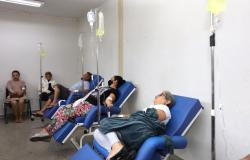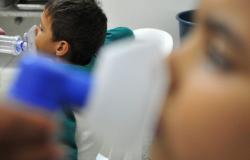Researcher Alves makes a reservation about two factors in the study that could interfere with the result: the first is that the three databases used are independent and, therefore, there is a risk of overlapping cases. She explains, for example, that there is a record of a case of self-harm and, later on, that same person is hospitalized. As the systems are independent, when this person was hospitalized, a new record was generated in the hospitalization system.
Another factor that may limit the results is that, only from 2011 onwards, compulsory notification of self-harm in general began to appear and, in the period analyzed, there were reminders from the government ratifying the issue of compulsory notification. According to Alves, as there were no records previously, it is natural that there would be an increase in cases. Furthermore, over the years, with team training and more information about the systems, it was expected that there would also be a tendency for records to increase.
Kanomata agrees with the reservation, but says that despite this, cases may still be underreported. “There is a difference between it being mandatory and actually being done throughout the health system. This was not something that was accepted and put into practice immediately and systematically from 2011 onwards,” she said.
For the psychiatrist, the results of this work reinforce the need for public health policies that can minimize the risk of suicide – and one way would be to increase the supply of services with mental health professionals. “Access to health in general is not homogeneous throughout Brazil, and access to mental health is no different. An alternative would be to implement telemedicine services, for example, making the specialist reach small cities, to more distant regions, where face-to-face consultation with a psychiatrist ends up not being possible”, he said.
How to identify someone at risk?
The psychiatrist says that it is often possible to identify signs that indicate that a person is in intense psychological distress, including: a more saddened mood, apathy, decreased interests, lack of will, energy, willingness to carry out basic activities , impairments in self-care, reduced social contact or isolation, changes in appetite and sleep, more pessimistic speech in relation to life and the future.
Tags: Suicide selfharm rates among children young people increase Brazil






